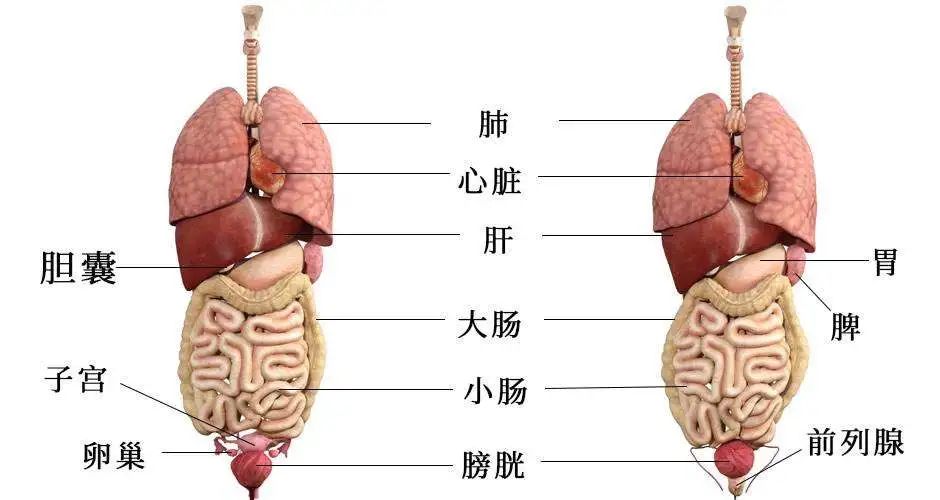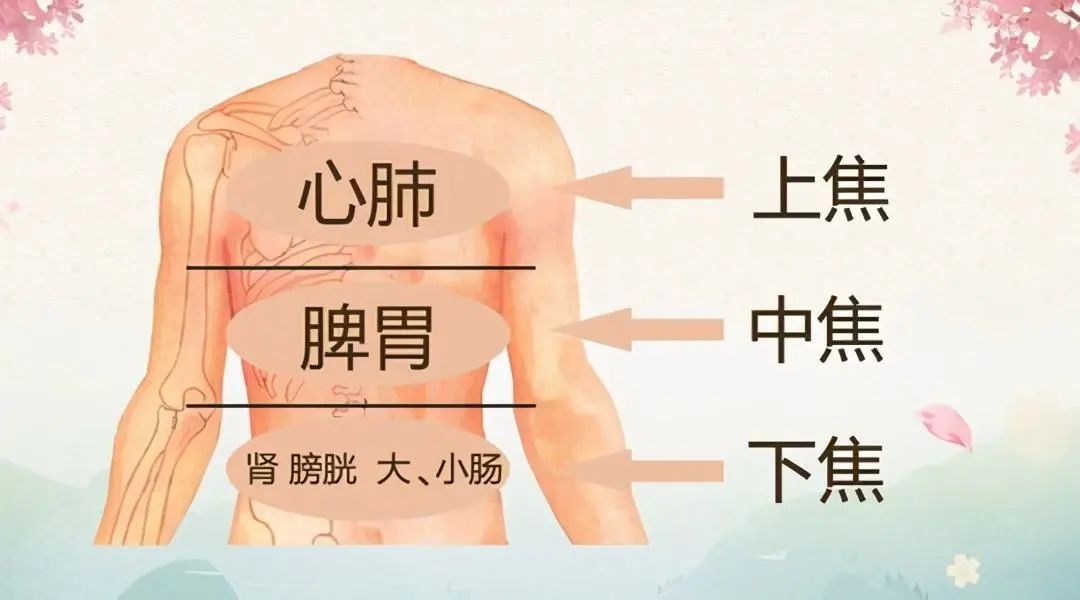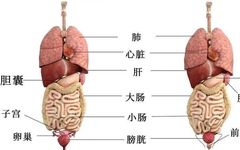
In Traditional Chinese Medicine (TCM), the six fu organs refer to the six hollow organs in the human body: the gallbladder (Dan), stomach (Wei), small intestine (Xiao Chang), large intestine (Da Chang), bladder (Pang Guang), and san jiao (Three Jiao). The term “fu” historically means a repository or storage. The primary physiological function of the six fu organs is to receive, digest food, separate the clear from the turbid, transform essences, and expel waste from the body, thus emphasizing the importance of smooth passage and downward movement.

1. Gallbladder (Dan) The gallbladder is connected to the liver and works together with it to perform the function of smooth flow. The gallbladder stores and excretes bile, which is bitter and yellow-green, and plays a role in promoting the digestion and absorption of food. Because bile is clear, it is also referred to as the “zhong jing (central essence) fu.” The secretion of bile relies on the liver’s ability to regulate and control, thus the liver and gallbladder are interdependent.
2. Stomach (Wei) The stomach is located below the diaphragm, connecting above to the esophagus and below to the small intestine. The upper opening is called the cardia, and the lower opening is the pylorus. The stomach is divided into three parts: upper, middle, and lower, also known as the upper, middle, and lower jiao. Its main functions are to receive and digest food and to facilitate the downward movement and expulsion of waste.
3. Small Intestine (Xiao Chang) The small intestine is located in the abdomen, connecting at its upper end to the stomach via the pylorus and at its lower end to the large intestine via the ileocecal valve. It is a hollow, tubular organ that is convoluted and coiled. Its primary functions are to receive and digest food, absorb the nutritious essence, and allow the waste’s liquid to seep into the bladder for excretion.
4. Large Intestine (Da Chang) The large intestine is located in the abdominal cavity, connecting at its upper end to the small intestine via the ileocecal valve and at its lower end to the anus. It is a tubular organ that is also convoluted. The main function of the large intestine is to transmit and transform waste.
5. Bladder (Pang Guang) The bladder is located in the lower abdomen and is a hollow, sac-like organ. It connects above to the ureters and below opens to the urethra. The primary function of the bladder is to receive the fluids from the kidneys and san jiao, storing and excreting urine.
6. San Jiao (Three Jiao) The san jiao refers to the upper, middle, and lower jiao, and is one of the six fu organs. It is the largest of the fu organs, also known as the “external fu” or “lonely organ.” The physiological functions of the san jiao include the circulation of vital energy, the smooth flow of fluids, and the processing of food essences.



For more exciting content
Scan the QR code in the image to follow me
Disclaimer: Some materials are sourced from the internet. If there is any infringement, please contact for removal. Thank you!

